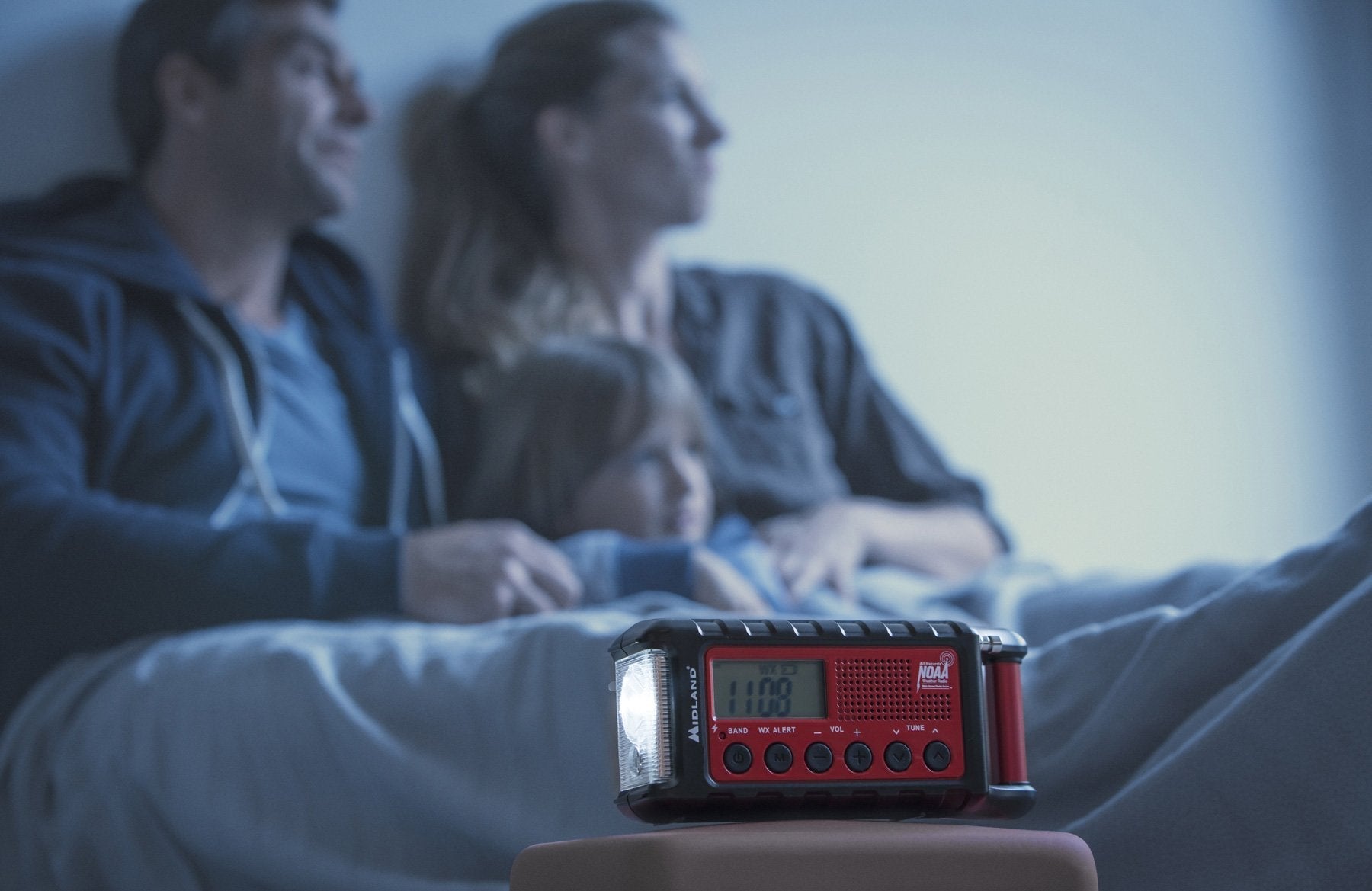The Four Levels of Preparedness

Table of Contents
Preparedness carries an unfair stigma associated with doomsday preppers and fallout shelters. The cold hard truth is that even the most basic preparedness plan can ultimately save not only the lives of your family members, but the lives of other people. You don't need a bug out vehicle or a bunker filled with non-perishables to be ready for a crisis. Often, preparedness just comes down to your ability to live comfortably if your power goes out for more than a day. We have consulted preparedness experts and have broken down the levels of preparedness into four categories.
Level One - Basic Preparedness
Preparedness level: 3-5 days of resources
This is a very simple way to make sure you are prepared for evacuations, multiple day long power outages or any sudden inconvenience that will alter your everyday comforts of home. Your life may not be in danger, but you certainly need this level of preparedness to avoid major headaches and maintain a relative level of comfort in extraordinary circumstances. Every home should include a surplus of these items.
What you need:
- Heat source. A fireplace or non-electric, safe and contained source of heat to keep you warm in your home.
- A first aid kit. Not just bandaids and antiseptic cream. Include multiple types of bandages (gauze, butterfly, etc.), sunscreen, pain relievers, hand sanitizer, epi-pens, etc.
- Drinking water. The rule of thumb is a gallon per person, per day, for 3-5 days.
- Communication. Two way radios to reach neighbors and nearby family members.
- A full or near-full tank of gas in your car if an evacuation is imminent.
- Canned goods and non-perishable food. Enough to last everyone in the home 3-5 days.
- Prescription medicine. Keep an extra week's supply on hand if possible.
- A flashlight.
- A small supply of cash.
- Candles.
- An emergency savings fund reserved for 3-5 days at hotels, food and/or traveling.
Level Two - Extended Preparedness
Preparedness level: 1-3 weeks of resources
You and your family will likely not be able to receive immediate assistance from emergency services and law enforcement for several days, perhaps weeks. This level of emergency, like an ice storm or hurricane, may have caused roadways to be cutoff and disrupted your community's supply chain of food, oil, water and other vital resources.
What you need:
- A go-bag. Are you ready to leave your home at a moment's notice if it becomes uninhabitable? Pack food (granola, nuts, energy bars), water, medicine and small tools to last you 24-48 hours outside of your home while you seek safety.
- A generator. Keeping the power on in your home to keep it lit and fulfill small energy needs like lighting and small appliances.
- Self defense. Unfortunately, looting and burglary are big problems in the aftermath of emergencies. Keep your family and your property protected.
- Cooking methods. Dutch ovens and cast iron over fire or canned heat can give you reprieve from eating every meal from a can.
- Water purification systems. Tablets, filtered straws or boil methods.
- Sanitation items. One month supply of toilet paper, feminine hygiene products, etc.
- An emergency fund of one month's living expenses, as well as a decent amount of cash.
Level Three - Advanced Preparedness
Preparedness level: At least one month of resources
Imagine New Orleans after Hurricane Katrina. Food, oil and water supply chains were cut off and the cleanup effort took months. This left many residents to fend for themselves which led to looting, rampant crime and lawlessness. Law enforcement and emergency services will be spread thin and response times will be severely delayed. Martial law will be in effect and lawlessness would be a genuine threat. Would you be ready for this?
What you need:
- High powered communication. Can you reach outside of the affected area (Over 10 miles)? While walkie talkies advertise ranges of 20+ miles, they are most effective in ranges that are less than two miles. Repeater enabled GMRS radios are easy to operate and can carry messages over a long distance to anyone who might be able to help.
- Rechargeable batteries and other renewable energy sources.
- Barter items. Make sure you have a surplus of items available to trade or even share with neighbors, especially food and batteries.
- Waste disposal methods.
- An emergency fund of at least 3-6 months of living expenses. When will you be able to work again? Will you still have a job?
Level Four - Catastrophic Preparedness
Preparedness level: Potentially permanent
In the extremely unlikely event of total economic and societal collapse happening, you will want to be at this level. This level is extremely complex and advanced.
What you need:
- A seed vault and livestock. You will be growing and butchering your own food at this point.
- Renewable water source, such as a well or rainwater barrel.
- Water purification method.
- Renewable energy source(s).
- Large surplus of self defense items.
- Heavy duty first aid kit, ability to perform minor surgery.
- Herbal medicine knowledge.
- Foraging knowledge.
- A food production system.
As you can see, the levels of preparedness vary. Even at the most basic level of preparedness, you will be able to keep your family safe. However, you can also take matters into your own hands and build a rock-solid emergency disaster preparedness plan and prepare for catastrophic disasters and circumstances that are likely to never happen.


